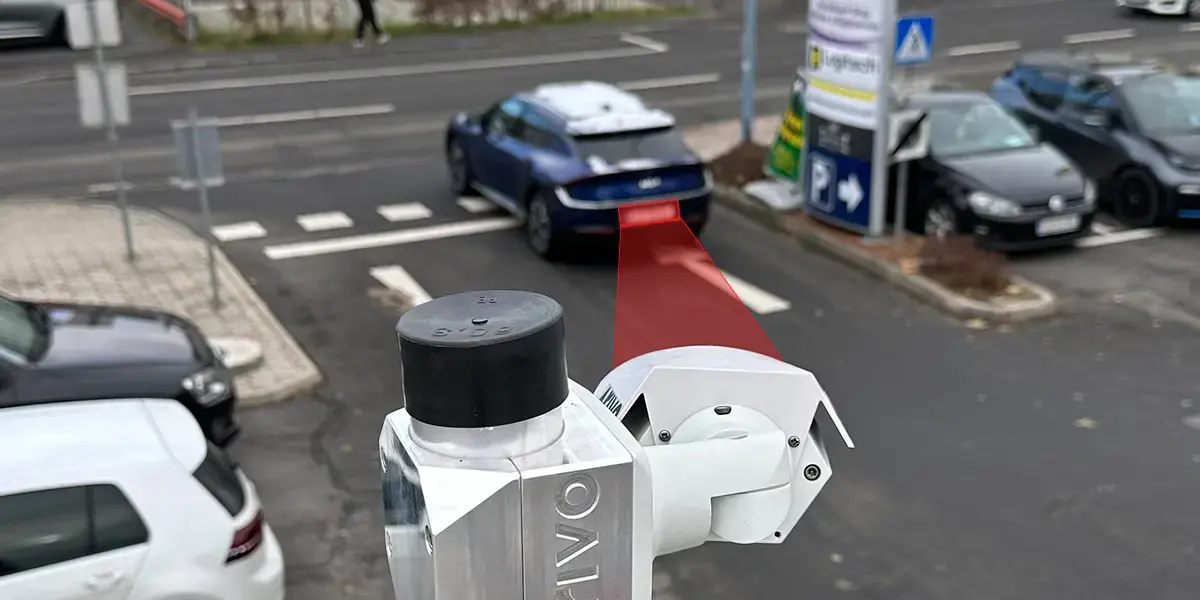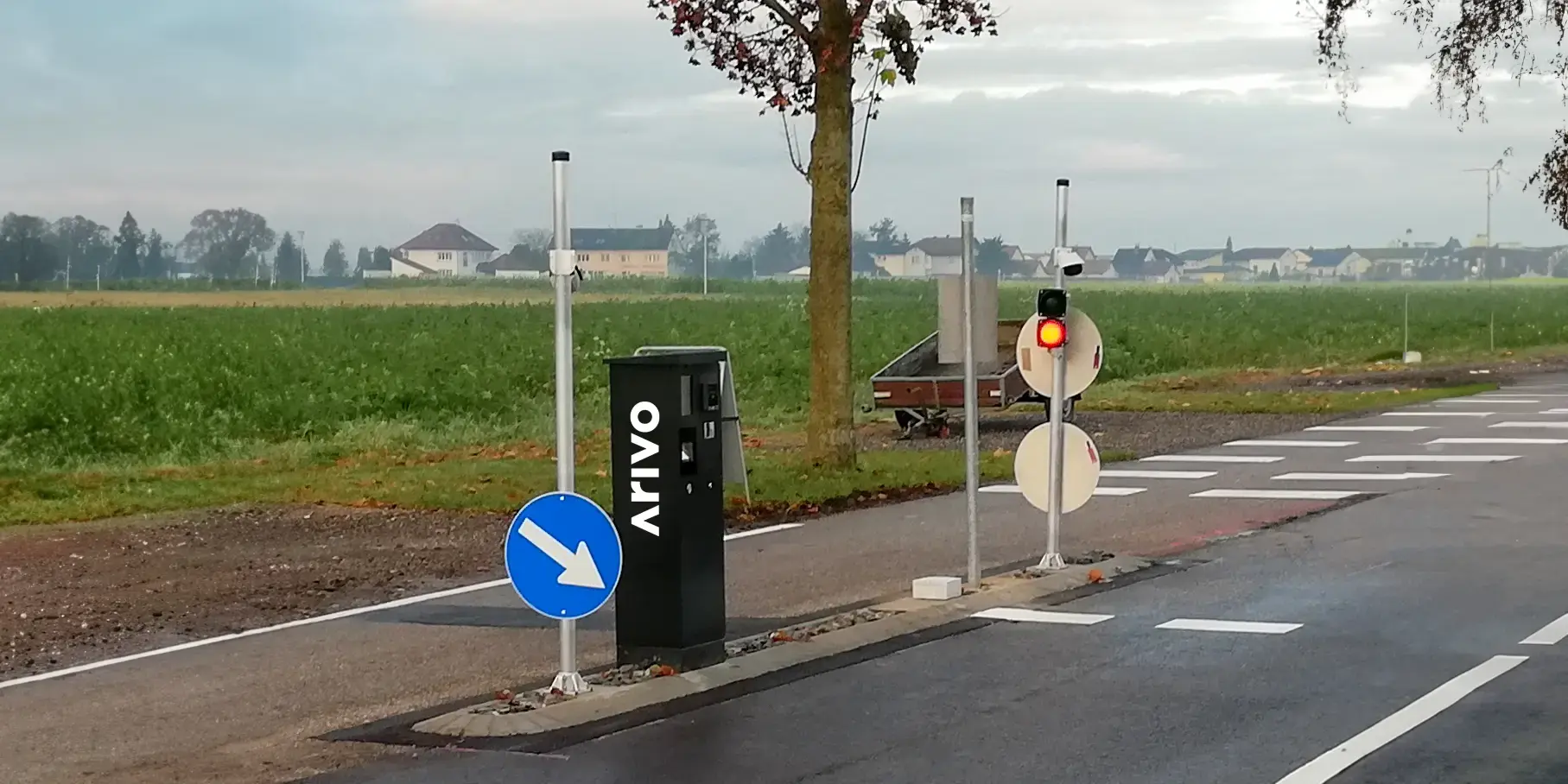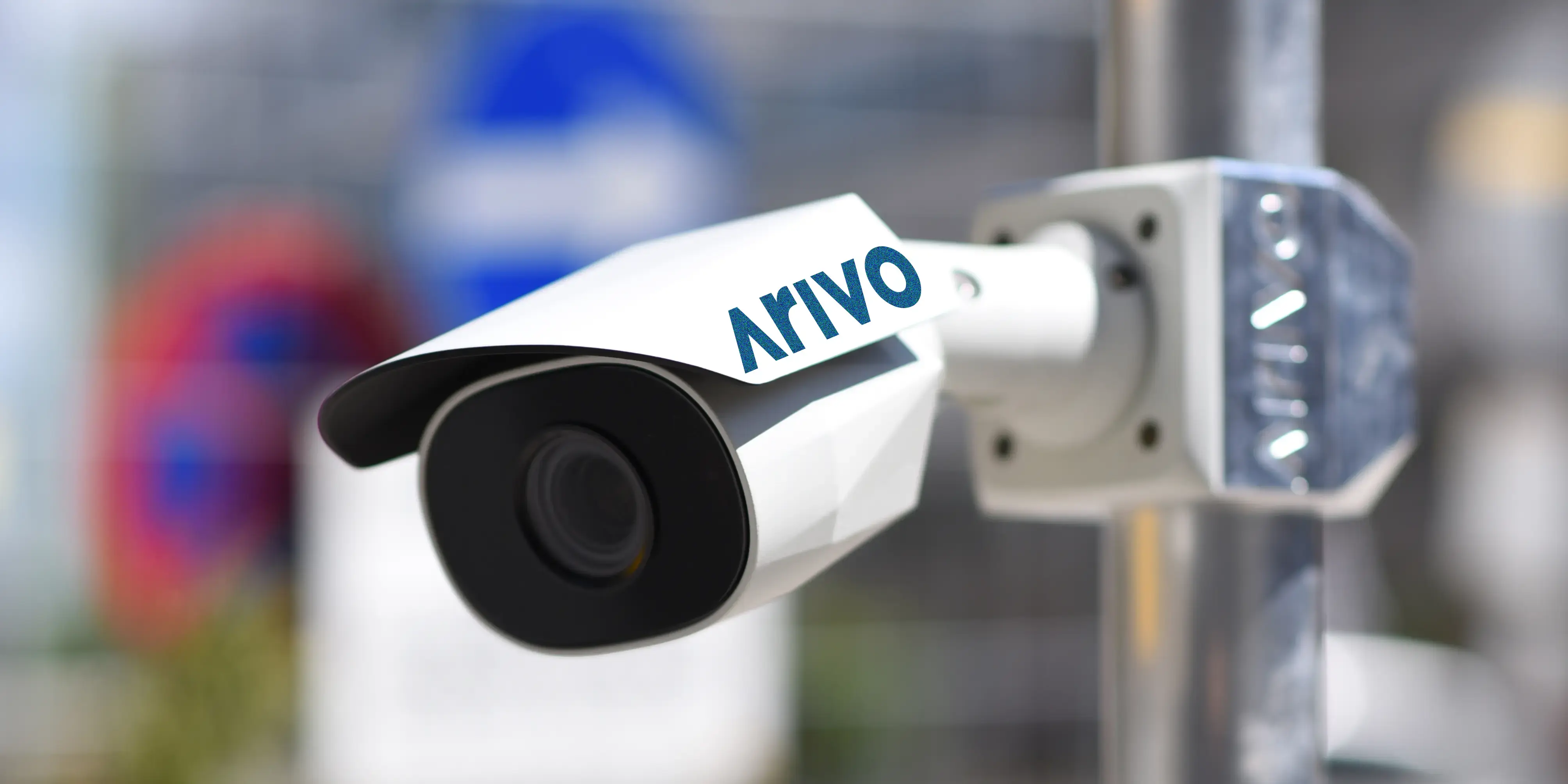
In recent years, the number of license plate recognition (LPR) solution providers has grown significantly. While having more options is generally positive, it can be challenging if you're unsure how to assess or compare them. Fortunately, several key factors can guide you in selecting the ideal solution for your parking area. In this article, we highlight nine essential features that are crucial for an effective LPR system.
If you want to learn more about the advantages and disadvantages of LPR for car parks, be sure to read our article on the subject.
Inhalt
1. High detection rate: at least 95%
2. Fast recognition, even at speeds of up to 50km/h
3. Multiple captures and data aggregation from individual readings
4. Automatic detection of driving direction
5. Whitelist management and pattern storage
6. Intelligent software solutions for management
7. Real-time insights and advanced analytics
8. Flexible integration and easy installation
9. GDPR-compliant data processing

1. High detection rate: at least 95 %
One of the most important features of an effective license plate recognition system is a high detection rate. Digitalized parking systems depend on reading license plates precisely and without errors to ensure smooth operation. Ideally, the detection rate should be close to 100%, but at least 95 %.
If a license plate is dirty or covered in mud or snow, recognition may be affected. Additionally, the detection rate can vary depending on local conditions, such as different entrance angles or the absence of lane separations.
A good detection rate should be close to 100 % - at least 95 %.
To optimize recognition performance, structural measures like floor markings or lane dividers can be implemented. In particularly challenging areas or exceptional circumstances, it may be useful to read license plates from both the front and back.
When choosing a provider, make sure their LPR technology is developed and tested for challenging conditions. Providers who are transparent about their detection rates are usually the better choice.
With Arivo’s LPR, the detection rate is 99.5% – even with license plates covered in mud or snow. Interested in implementing our LPR in your parking area? Let’s talk about it! Together, we will find the best solution for your needs. Request a meeting now
2. Quick recogniton even at speeds of up to 50km/h
Quick license plate recognition is crucial, especially for free-flow systems or areas like access roads. When vehicles are moving without stopping or slowing down, the LPR system must reliably function even at typical urban speeds of up to 50 km/h.
A good license plate recognition system works even at speeds up to 50 km/h!
A good license plate recognition system should also work effectively at speeds up to 50 km/h. One example is the Park & Ride facility at ÖBB in St. Valentin, where Arivo's Parking System is installed. The cameras capture vehicles as they approach at normal speed.

Some providers may suggest installing speed bumps at the entrance and exit, which could indicate that the recognition system is not fast enough to maintain a consistent detection rate.
By comparison, our LPR system can recognize license plates at speeds of up to 70 km/h and from a distance of up to 40 meters! Interested? Get in touch with us!
3. Multiple captures and aggregation of license plate data from individual results
There are various methods to automatically recognize license plates. One of the most reliable approaches is to capture the license plate multiple times and then aggregate the data from these individual readings.
This method ensures a higher level of accuracy. At Arivo, our cameras scan license plates between 50 and 200 times. Within seconds, the system can determine the plate number from these aggregated results.
At Arivo, we also rely on this method. Our cameras scan license plates between 50 and 200 times, and within just a few milliseconds, the correct license plate is determined from these individual readings.
4. Automatic detection of driving direction
Driving direction detection is especially useful when there is only one lane for both entrance and exit, or in free-flow systems where vehicles may drive against the intended flow of traffic. It allows for precise detection of whether a vehicle is entering or exiting, which is critical for accurately calculating parking fees.
Even if a vehicle exits the facility by reversing, or enters through the exit, the system correctly tracks the parking process and calculates fees accordingly.
The detection of driving direction allows entries and exits of vehicles to be correctly assigned and recorded as such.
With direction detection, the entry and exit of vehicles can be accurately recognized and assigned as such. This feature also allows for a clear and continuous view of vehicle movements within the software, enabling parking operators to investigate discrepancies and provide better customer service.
Many systems lack direction detection, or they don’t provide this functionality clearly to operators. In contrast, our system reliably detects driving direction and allows operators to see the images directly in our parking software.
5. Whitelist management & pattern storage
Advanced systems are not only enabling the activation of individual license plates but also for patterns.
Advanced systems also allow pattern-based approvals, enabling groups with similar identifiers to be granted access at once, which saves time and reduces the risk of errors when entering authorized plates.
This feature is particularly useful for taxis with “TX” in their license plates or for company vehicles from logistics firms. In Austria, pattern-based approvals are especially practical for emergency vehicles, ensuring that fire trucks (FW*), ambulances (*RD or *RK), and police vehicles (BP) can quickly gain access in emergencies.
In addition to whitelist and pattern-based approvals, Arivo offers a range of predefined patterns for Austrian license plates. Interested in our license plate recognition? Get in touch with us!
6. Intelligent software solution for management
License plate recognition is the foundation of digitizing parking management. However, to unlock its full potential, an intelligent software solution is crucial.
A license plate recognition is only as effective as the management software that supports it.
An LPR system is only as effective as the management software that supports it. The software should not only simplify parking permission management, as mentioned previously, but also meet a variety of other needs to maximize the potential of digital parking systems.
7. Transparent real-time insights & extensive analysis capabilities
An effective LPR system, along with its software, should provide transparent, real-time insights. This gives operators full control over their parking facilities and visibility into all parking processes.
A user-friendly software interface allows operators to monitor the current state of their facilities, such as:
- Are the cameras and hardware functioning properly?
- How many vehicles are currently on-site?
- Which license plates were recorded and when?
- Which parking fees have been paid, and which are still outstanding?
In addition to real-time insights, comprehensive analysis options are also essential. A well-designed system should offer a detailed analysis dashboard or the ability to download raw data for further evaluation. This allows for the analysis of statistics like occupancy rates and parking durations.
For example, with our solution, operators can gain real-time insights through the Health Monitoring and Operator features in Arivo Parking OS. In addition, pre-made reports and raw data are available for download, allowing you to create your own detailed analyses. Interested in our solution? Contact Arivo now!
8. Flexible integration into existing systems & easy installation

LPR systems can often be seamlessly integrated into existing infrastructures. This allows operators to reuse current hardware, saving acquisition costs and promoting sustainability by eliminating the need for new devices like barriers or payment terminals.
For example, the Dornbirn city garage implemented Arivo’s LPR and parking software while continuing to use its existing barrier system.
Typically, cameras can be installed on ceilings, walls, or even free-standing on poles outdoors, allowing for optimal placement with minimal structural modifications.
9. GDPR-Compliant processing

Of course, license plate data must be processed in compliance with data protection regulations. In Austria, the WKO has published guidelines for garage and parking lot operators. Below is a brief summary of the key points:
1. Disclosure requirementUsers must be informed upon entry that their license plates will be read and processed. This must be clearly displayed in the parking area and included in the terms of use.
2. Anonymization after contract fulfillmentOnce the parking contract has been fulfilled (e.g., after payment and exit), the system should automatically anonymize the data.
3. Adherence to deletion periodsData must be deleted according to specified retention periods. Some systems, including Arivo's, provide warnings when the retention period is exceeded, helping ensure compliance.
Additionally, Arivo’s LPR system does not record videos or identify individuals. Everything except the license plate itself is pixelated in the captured images. You can read more about data protection in Arivo parking systems on our website.
Conclusion
The selection of a suitable license plate recognition system is crucial for the smooth and efficient operation of parking facilities. To ensure the right system is chosen, it's important to consider a few key criteria:
- At least a 95 % detection rate
- Error-free reading even at speeds over 50 km/h
- Multiple captures & analysis based on individual results
- Automatic detection of driving direction
- Whitelist & pattern storage
- Intelligent management software
- Real-time insights & analysis capabilities
- Integration with existing systems & easy installation
- GDPR-compliant processing
Are you interested in using Arivo's license plate recognition for your parking management? Get in touch with us, and together we'll find the ideal solution for your use case.



